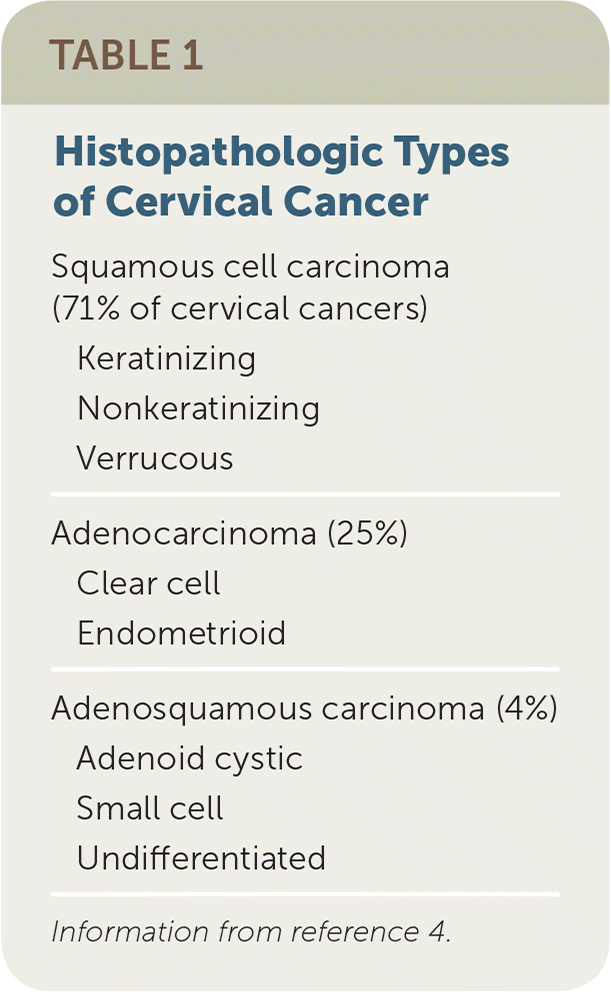
There are several types of cervical cancer medications. Most of these are administered through an IV infusion. The most common type is cisplatin, which is administered once a week for several hours before external beam radiation therapy. Other forms of treatment may also involve the use of chemotherapy drugs. These treatments are typically combined with surgery, radiation therapy, or biological therapies. However, it is important to know what you should expect from each type of treatment.
During treatment, you will usually have chemotherapy and radiation sessions. The amount of these treatments depends on the type of cervical cancer and other treatments that you are receiving. The chemotherapy sessions may last up to six weeks, but some women require more than one cycle. These medications may cause some side effects, such as nausea and fatigue. Hair loss is also possible, as is a temporary menopause. These side effects can be minimized by a team of specialists who are trained to manage them.
Pembrolizumab is an immunotherapy. It is used for cancers that have too much PDL-1, a protein that inhibits the immune system from killing cancer cells. Pembrolizumab blocks this attachment. This medication is used after surgery to treat tumors that have not responded to chemotherapy and have returned. This drug is most often prescribed to patients who have failed to respond to earlier treatments. Those who fail to respond to the treatment will usually undergo surgery instead.
Aside from surgical treatments, women with cervical cancer may also receive targeted drug therapy. This type of treatment uses small amounts of man-made antibodies to attack the cancer cells. The monoclonal antibodies, called monoclonal antibodies, target specific components of cancer cells and block their growth. Bevacizumab is the most common type of monoclonal antibody used in treating cervical tumor. It blocks a protein that is responsible for the formation of new blood vessels in cancer cells. It is a form of immunotherapy that inhibits the growth of cancer cells.
Pembrolizumab is another immunotherapy that targets cancer cells with too much PDL-1. This protein binds to PD-1, which prevents the immune system from killing cancer cells. This treatment is especially useful for those whose cervical cancer has returned after previous treatment has stopped working or for patients who have a high risk of recurrence. Once the immune system blocks the PD-1 receptor, it is able to fight cancer.
Besides surgery, women with cervical cancer may also receive chemoradiation. The combined treatment can make the radiation more effective. This treatment will also increase the risks of side effects. Some side effects of these drugs are temporary. Some of them will go away once the treatment stops, while others may be permanent. This is a common side effect, but it is worth noting. While some of these side effects will go away after you stop the treatment, others may persist for a long time.
During treatment, patients are given chemotherapy medications that target cancer cells. These are generally given intravenously as outpatients. The number of sessions depends on the type of cervical cancer and other treatment options. Those who are diagnosed with cervical cancer without other treatments may require six or more sessions every three to four weeks. During this period, patients may experience various side effects, including nausea, headaches, and fatigue. Some of these side effects may be temporary, while others can last for months or even years.
Bevacizumab is an immunotherapy medication for cervical cancer. It is used for cervical cancers that contain too much PDL-1, which binds to the protein PD-1. PD-1 prevents the immune system from killing cancer cells, so the treatment for this disease uses Pembrolizumab to prevent this. It is commonly used after surgery to treat larger tumors that have stopped responding to chemotherapy. In advanced stages of the disease, this treatment may be used in combination with chemotherapy.
During early stages of the disease, patients can get chemotherapy through an outpatient procedure. This treatment can be very effective for small tumors. When the cancer has spread, the treatment may also involve surgery or radiation therapy. For large tumors, chemotherapy and radiation therapy are usually used together. When surgery is performed, the treatment team will use the medications together as well as other treatments to ensure that the patient’s health remains optimal. After the treatment, patients should be advised to take the recommended medication for the duration of the cancer.
